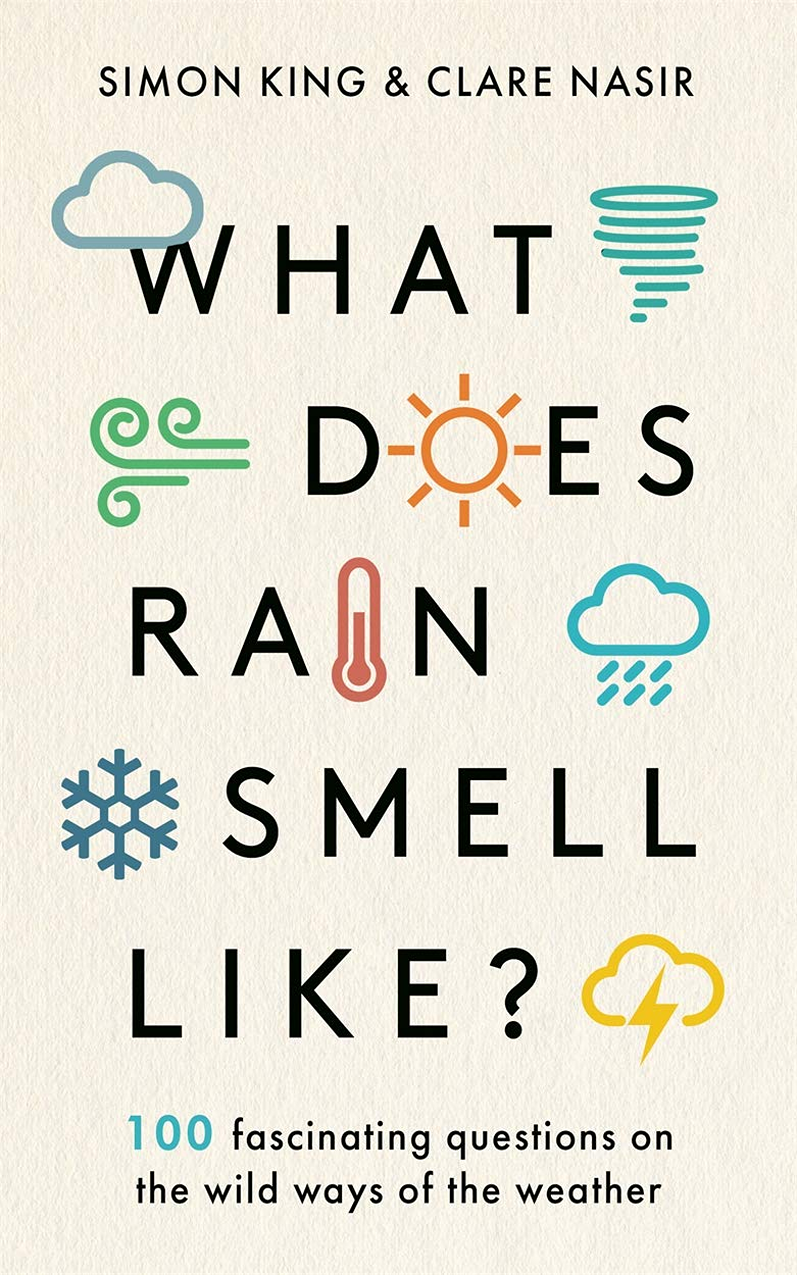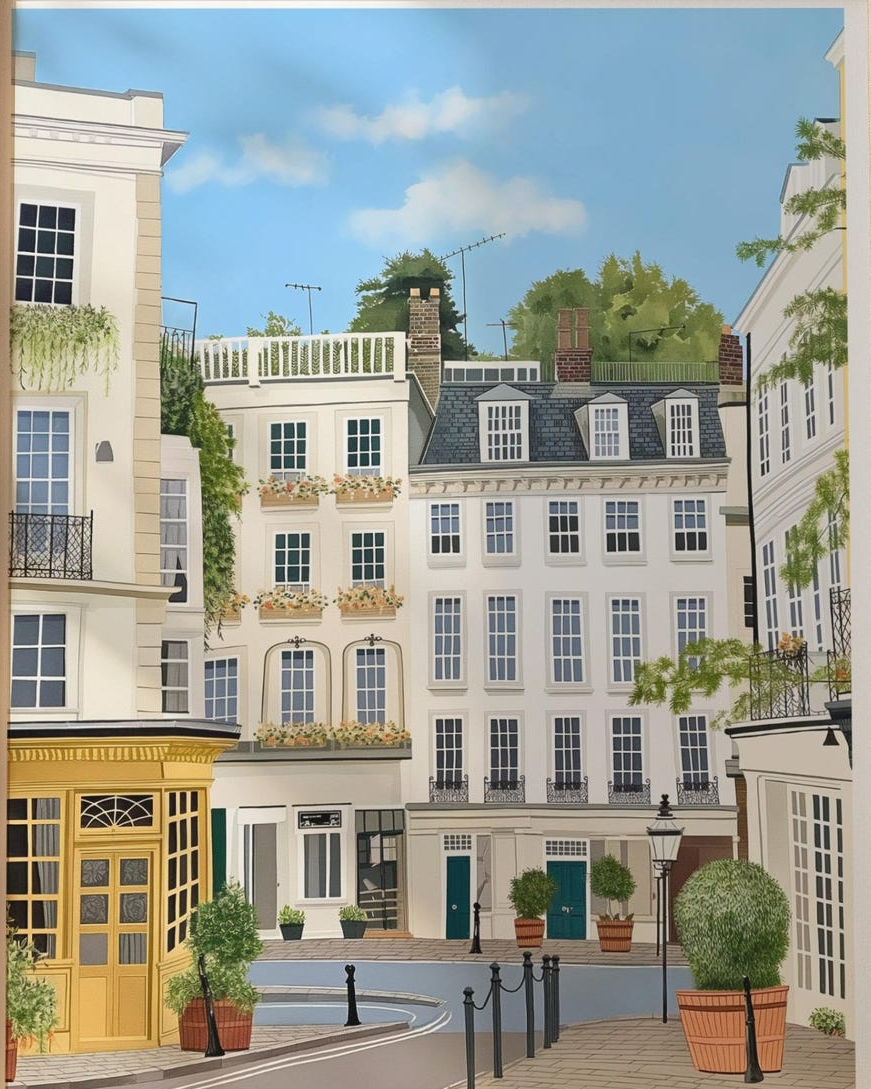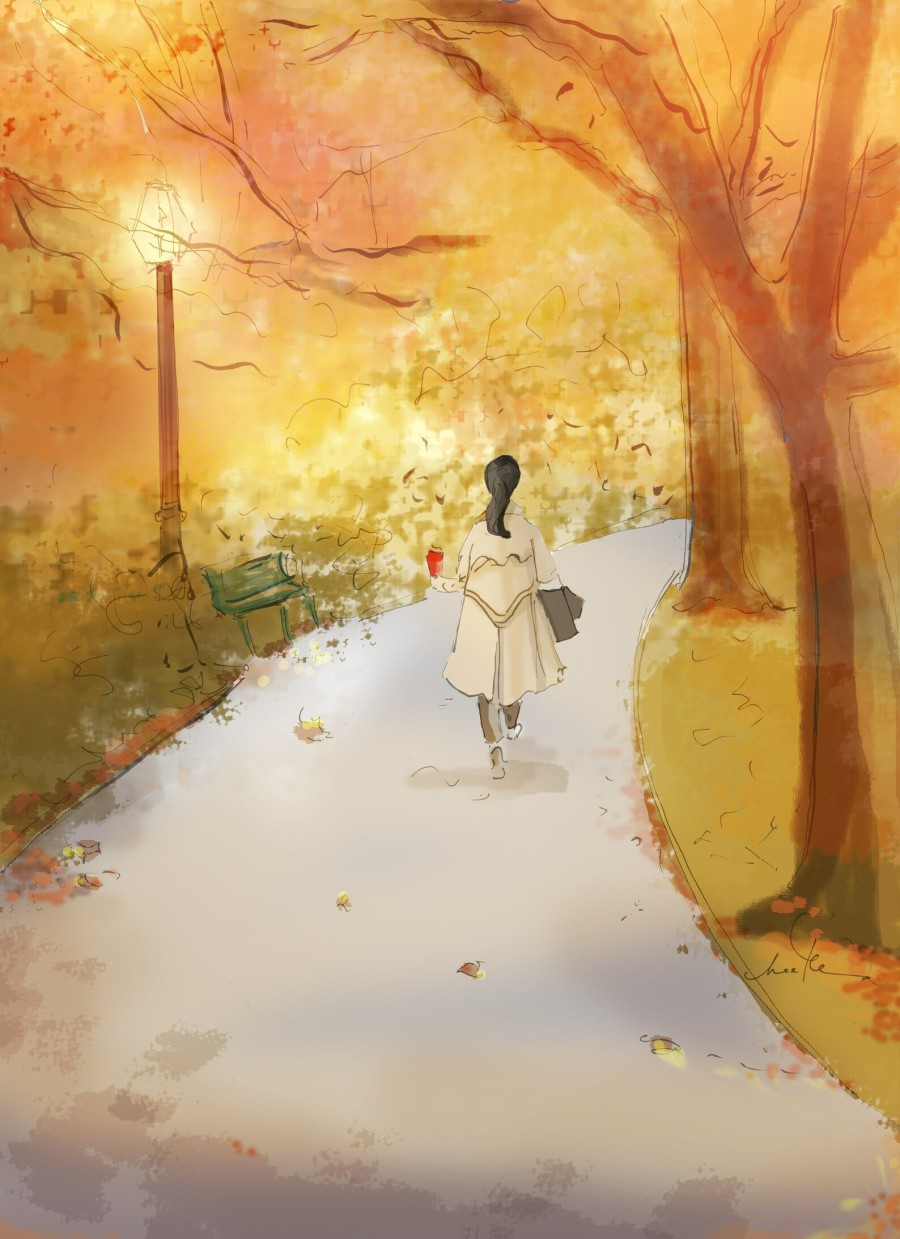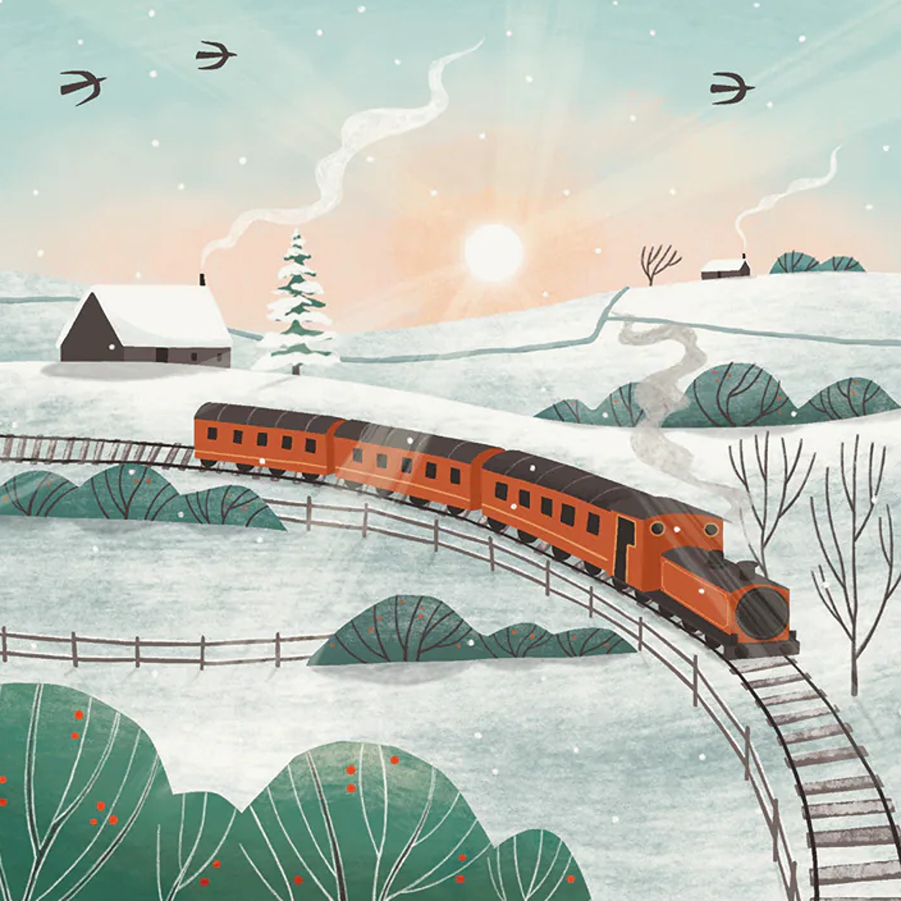Milton Keynes: The New Town with 22 Million Trees

Milton Keynes sits about 50 miles north-west of London. This new town is planned on a grid road system with countless roundabouts, but is mostly known for being home to over 22 million trees.
Planned in the 1960s, local parks connect to people, the site chosen to help give more space for Londoners (and easy commutes to Birmingham, Oxford and Cambridge).
The town is just one where the Grand Union Canal runs through, which walkers enjoy but is also home to many houseboats, alongside ducks, swans and secretive kingfishers.
This is also the home of the Open University, founded in 1969 to make higher education available by distance learning. It does however It does however attract controversy with vivisection. Read of reasons to only donate to humane medical research.

One women who grew up here was meteorologist and TV weather presenter Claire Nasir, co-author of this wonderful book to answer 100 questions about our weather.
Two other well-known residents were jazz duo Cleo Lane and John Dankworth, who made their home in Wavendon, a village folded into Milton Keynes.






